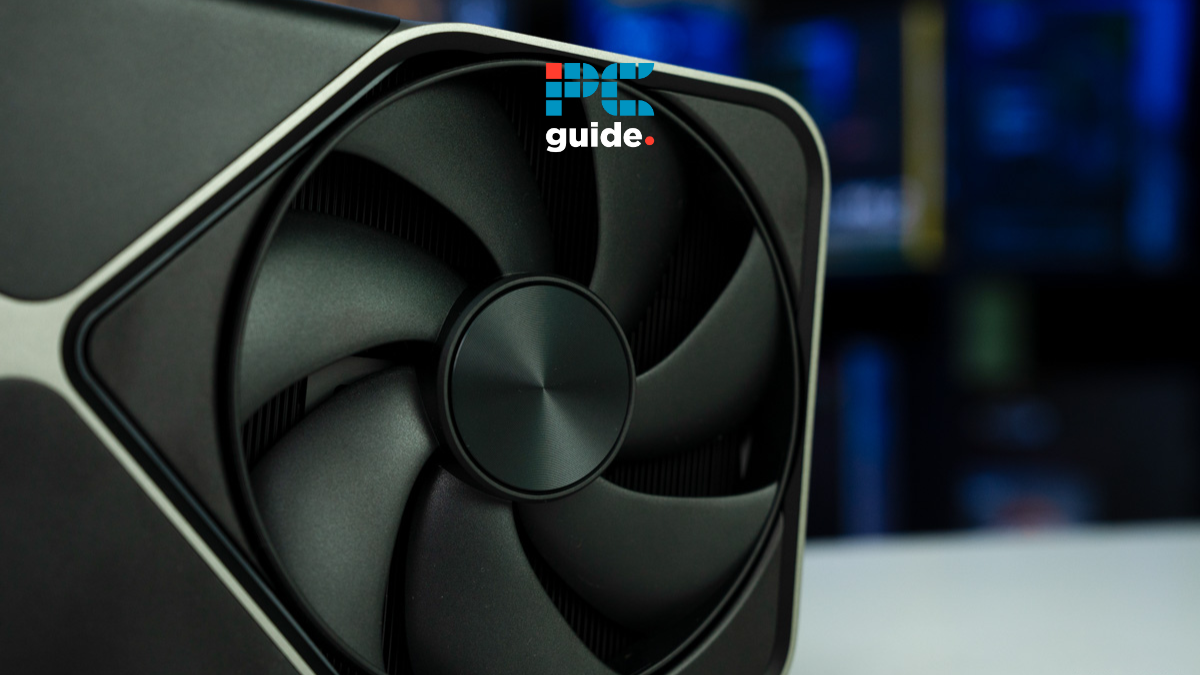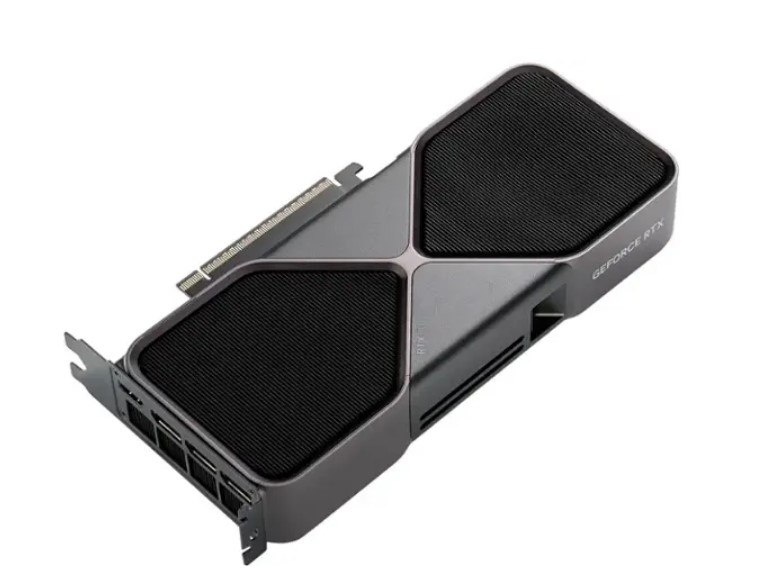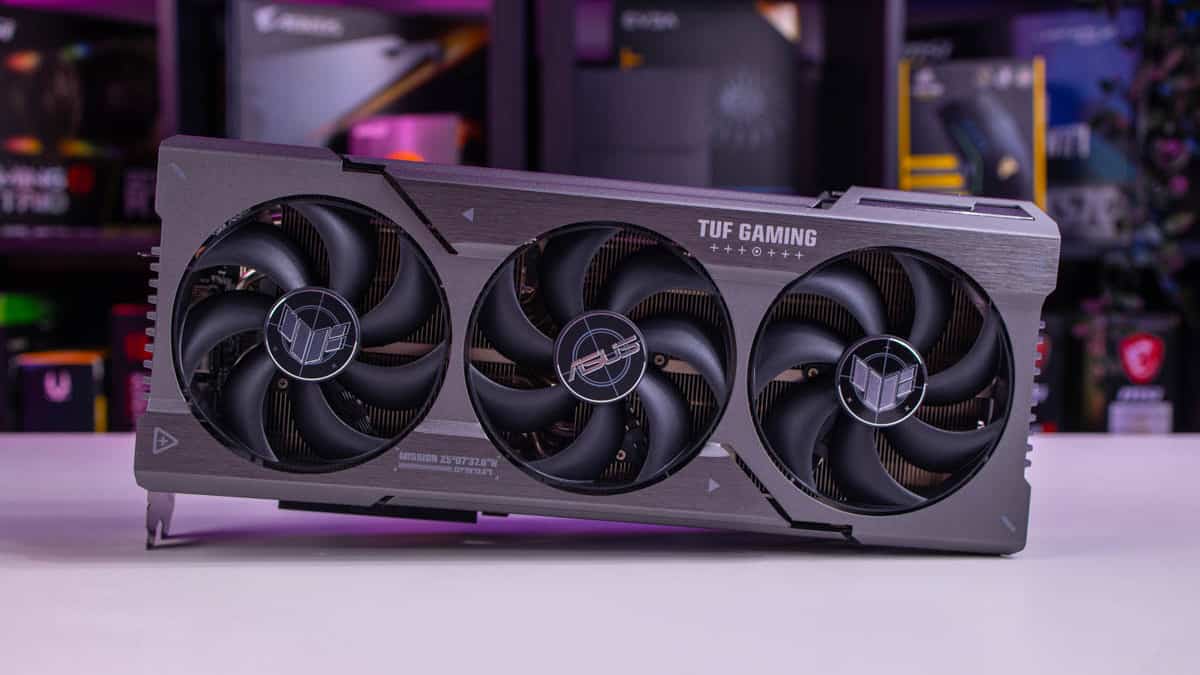RTX 5070 Ti vs RX 7900 XTX comparison – which GPU comes out on top?

Table of Contents
The RTX 5070 Ti is finally here and reviews are now live. In general, the reception has been fairly mixed with some praising its performance against the RTX 5080, and others noting that the difficulty in finding it at MSRP makes it challenging to consider the card how Nvidia pitched it – a GPU that offers 4090 performance, for a fraction of the price.
If you’re weighing up whether to get the card, you may also be looking at the more readily available RX 7900 XTX – arguably one of AMD’s finest GPUs and a solid alternative to the 5070 Ti. We’ve reviewed the RX 7900 XTX and it scored highly in our testing lab, so here we’ll compare the two cards, their main difference, and performance across 4K, 1440p, and more to help guide your decision.
Prime Day is finally here! Find all the biggest tech and PC deals below.
- Sapphire 11348-03-20G Pulse AMD Radeon™ RX 9070 XT Was $779 Now $739
- AMD Ryzen 7 7800X3D 8-Core, 16-Thread Desktop Processor Was $449 Now $341
- ASUS RTX™ 5060 OC Edition Graphics Card Was $379 Now $339
- LG 77-Inch Class OLED evo AI 4K C5 Series Smart TV Was $3,696 Now $2,796
- Intel® Core™ i7-14700K New Gaming Desktop Was $320.99 Now $274
- Lexar 2TB NM1090 w/HeatSink SSD PCIe Gen5x4 NVMe M.2 Was $281.97 Now $214.98
- Apple Watch Series 10 GPS + Cellular 42mm case Smartwatch Was $499.99 Now $379.99
- ASUS ROG Strix G16 (2025) 16" FHD, RTX 5060 gaming laptop Was $1,499.99 Now $1,274.99
- Apple iPad mini (A17 Pro): Apple Intelligence Was $499.99 Now $379.99
*Prices and savings subject to change. Click through to get the current prices.
RTX 5070 Ti vs RX 7900 XTX specs comparison
Here’s a quick look at how these two cards stack up side-by-side.
| Specifications | RTX 5070 Ti | RX 7900 XTX |
| GPU | GB203 | Navi 31 |
| Cores | 8960 | 6144 |
| Base clock speed | 2.3 GHz | 1.929 GHz |
| Boost clock speed | 2.45GHZ | 2.498 GHz |
| Memory | 16GB GDDR7 | 24GB GDDR6 |
| Memory interface | 256-bit | 384 bit |
| Bandwidth | 896 GB/sec | 960.0 GB/s |
| TDP | 300W | 355 W |
| Power connector | 2x PCIe 8-pin cables or 300 W or greater PCIe Gen 5 cable | 2x 8-pin power connectors |
| Release date | February 2025 | November 2022 |
Performance comparison
To compare the RTX 5070 Ti against the RX 7900 XTX, we’re using some of the RTX 5070 Ti reviews we’ve seen appear online and our own review and testing of the RX 7900 XTX. This can give us a general performance overview of the 5070 Ti, which can form a foundation of comparison against the RX 7900 XTX while we wait to get hands-on with the card ourselves.
RTX 5070 Ti vs RX 7900 XTX 4K performance
The RX 7900 XTX has a 24GB GDDR6 VRAM, and while it might not have the same per-pin speed as GDDR7, more VRAM generally translates to better performance as more data and textures can be loaded and processed. So, will that mean the 7900 XTX will beat the RTX 5070 Ti in 4K gaming? Let’s find out.
In one review, both of these GPUs were paired with the Ryzen 7 9800X3D, and while a lot of titles were tested, we’ll take examples of only the most graphically demanding, such as Cyberpunk 2077, Stalker 2: Heart of Chornobyl, Starfield, and Counter-Strike 2 because single-player games aren’t the only options.
We’ll start with Cyberpunk 2077 as we’ve got the numbers for it from our RX 7900 XTX review, and this GPU delivered 70 FPS, while the RTX 5070 Ti managed 67 FPS; this is a 4.3% performance difference.
In Stalker 2: Heart of Chornobyl, the 7900 XTX and 5070 Ti got 46 and 41 FPS, respectively, which is less than the minimum of 60FPS for an FPS game, but the pattern of the 7900 XTX dominating continued with this title.
Starfield is a notoriously difficult title, and while some post-launch updates have made the experience better, there is still some room for improvement. The 7900 XTX got 63 FPS at 4K, while the 5070 Ti struggled to cross the 60 FPS mark and delivered 56 FPS. While the difference isn’t a lot, and Starfield does support DLSS, it isn’t clear right now whether it has support for DLSS 4, but even by enabling the previous version of it, it should easily be able to cross the 60 FPS mark with ease.

At last, we’ve got the never-dying Counter-Strike 2, which isn’t graphically demanding but a solid FPS title that serves as a benchmark to test their GPUs for many. The AMD GPU delivered a whopping 398 frames per second, while the RTX 5070 Ti managed 332.
So, the former has an 18% better performance, and before you think that it means the 5070 Ti is a dud, 332 FPS is more than enough, and to experience the smoothness of that, you’ll need to invest in a 360Hz 4K monitor, which isn’t cheap. That being said, both of these GPUs showcased solid 4K performance, but ultimately, the RX 7900 XTX has better raw performance, but DLSS 4 and MFG should enable the 5070 Ti to outperform it easily.
RTX 5070 Ti vs. RX 7900 XTX 1440p performance
Now we’ll look at the 1440p performance of these GPUs as the RTX 5070 Ti was believed to be better suited for 2K gaming, and the 7900 XTX is a solid 4K gaming GPU. We’ll take the same titles as examples so you can draw an accurate comparison between the two.
The RTX 5070 Ti managed 124 FPS in Cyberpunk 2077, while the RX 7900 XTX delivered 137 FPS (9% better performance). In Stalker 2: Heart of Chornobyl, the RTX 5070 Ti still couldn’t match up to the 7900 XTX’s performance; it got 64 FPS while the latter churned out 70 FPS (8% performance difference).
The RX 7900 XTX ran Starfield with 93 FPS, and the RTX 5070 Ti delivered 85 FPS, both of which are great figures, but the Team Red’s flagship outperformed the newcomer once again. Lastly, in Counter-Strike 2, the RTX 5070 Ti managed 479 FPS, which is just amazing, but the 7900 XTX took it to the next level with 576 FPS, which is once again an 18% performance difference, the same as what we saw in the 4K comparison.
So, while the RTX 5070 Ti has good 1440p performance, it isn’t surprising that the 7900 XTX outperformed it in almost every title, and the performance difference between them didn’t vary a lot with changing resolutions.
RTX 5070 Ti vs. RX 7900 XTX synthetic performance
When it comes to synthetic performance, the Nvidia graphics cards were always one step ahead, and we’ll see if that streak continues. We’ll look at the 3DMark Port Royal and Time Spy Extreme results of these GPUs. The first benchmark tests the card’s ability to handle real-time Ray Tracing, and the latter checks how well a GPU can render 4K frames. The higher the number is, the better its performance is, and we’ve got our in-house numbers for the RX 7900 XTX for these tests to compare with.
In Port Royal, the RTX 5070 Ti managed 19,254 points while the RX 7900 XTX 15,315, meaning the mid-range card has 22% better performance than the flagship GPU. On the other hand, in Time Spy Extreme, the RX 7900 XTX got 14,230 points, while the RTX 5070 Ti managed 13,550 points (5% better performance).

However, it isn’t surprising that the 7900 XTX had an easier time rendering 4K frames as we saw it had better output in the 4K comparison. Overall, the synthetic performance of these GPUs is neck and neck, with both taking home some victories, so the one you choose will ultimately depend on your budget and use case.
Design differences
These graphics cards are fundamentally different as they are based on different architectures, have varying specifications, and have different positions in the performance hierarchy of their respective generations. Aspects like cores can’t be directly compared as CUDA cores and Stream Processors have different designs and functionalities; however, the size and memory type of these GPUs can be compared.
Size
The RX 7900 XTX has a 287mm height and a 110mm width, while the RTX 5070 Ti measures 242 x 112mm (L x W). So, the 7900 XTX has more length, and there isn’t much difference between the width of their reference models. This means that the former is a 2.5-slot card while the latter is a 2-slot card.
That being said, third-party variants always measure more as they have robust cooling systems to keep them from overheating as brands overclock them. An example of this is the ASUS TUF variants of these cards. The ASUS TUF RTX 5070 Ti measures 329 x 140 x 62.5 mm, while the ASUS TUF RX 7900 XTX measures 352.9 x 158.2 x 72.6 mm.
The size difference between their reference cards and third-party variants is clear as day, and both of these cards should take more than 2.5 slots of space on the motherboard.
Memory type and bus width
The biggest difference between these cards is the memory type. The RX 7900 XTX features GDDR6, which has a 16GB/s per pin speed, and the RTX 5070 Ti has GDDR7, which takes it to the next level with a 32GB/s per pin speed. This is double the speed of GDDR6, and this means that a card with GDDR7 memory should be able to handle and process more data efficiently.
However, the memory type isn’t everything when it comes to performance, as we saw the RX 7900 XTX outperforming the 5070 Ti in 4K and 1440 gaming. The memory size and memory bus size also play a vital role in determining which GPU comes out on top. The memory bus width determines how much data a GPU can process per clock cycle, and the 7900 XTX has a 384-bit connection compared to the 5070 Ti’s 256-bit connection.
So, per clock cycle, the 7900 XTX can process more data even if the 5070 Ti has a better bandwidth with PCIe 5.0 support, which enables faster communications between the CPU and GPU. This ultimately gives the RX 7900 XTX the upper hand in performance.
Pricing and availability
The pricing of the RTX 5070 Ti has been quite the focus in the build-up and during release. Essentially, it’s very difficult to find at its MSRP of $749, as was the case with the 5080 and 5090, due to the usual popularity of the Founders Editions coupled with stock issues.
It’s even relatively close to the 5080 in terms of performance but manages to come in at over 30% less. Based on what we’re seeing, the average price of the 5070 Ti comes in at $749.99, which is exactly what its MSRP is. We’ve found a couple of options on Newegg, like the MSI SHADOW RTX 5070 Ti, ZOTAC SOLID RTX 5070 Ti, and PNY RTX 5070 Ti OC, all of which cost $749 but are currently out of stock.
The RX 7900 XTX is a few years old now and has an MSRP of $999. It’s also very easy to find on most retailers like Amazon, Best Buy, and Newegg. A quick search on Amazon landed us this Sapphire Nitro+ AMD Radeon RX 7900 XTX, available for $1,134.99, and more variants are available on Best Buy and Newegg. However, this isn’t surprising as this card was released in 2022, so stock issues don’t plague it like they do the RTX 50-series cards.
If you’re looking for an RX 7900 XT, we’ve reviewed the ASUS TUF RX 7900 XTX OC, which had excellent performance, but if you’re looking for the most cost-effective variant that isn’t out of stock at this moment, the Sapphire Nitro+ is the best option.
Verdict
The RX 7900 XTX and RTX 5070 Ti both have their appeal, but as we saw, the former has better raw performance, given its beefier specifications. However, the tides should easily turn in favor of the RTX 5070 Ti with the help of DLSS 4 and Multi-Frame Generation. We saw what these technologies are capable of in our RTX 5080 review, as that card outperformed the RTX 4090 and went toe-to-toe with it in some aspects.
So, while the 7900 XTX initially has the upper hand and can leverage FSR 3, it, unfortunately, isn’t getting FSR 4, which could’ve helped level the playing field, and with just the click of a button, the 5070 Ti should outperform it in gaming. On the other hand, the Ray Tracing performance of the RTX 5070 Ti is much better, and these GPUs clashed heads in synthetic performance, so there isn’t a clear winner in that domain.
That being said, we recommend opting for the RTX 5070 Ti as you’ll get great gaming performance natively and synthetic performance that isn’t much different than the RX 7900 XTX. What makes it even better is that most of the cards we saw on various retailers were priced at their MSRP, while no 7900 XTX was listed at $999, and all of them were above that price point.



